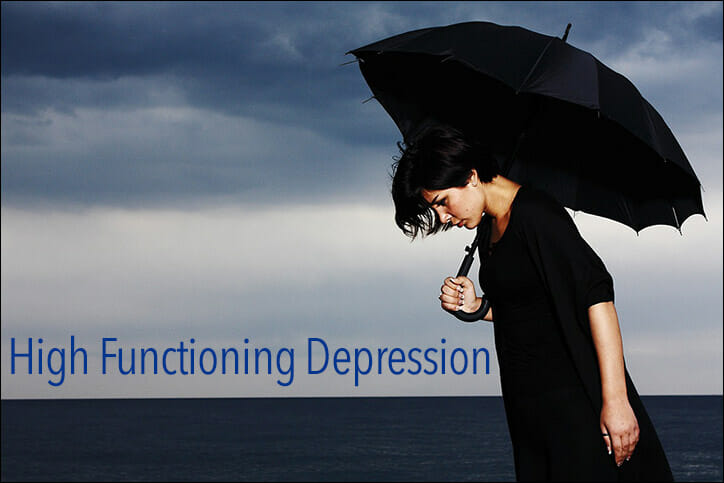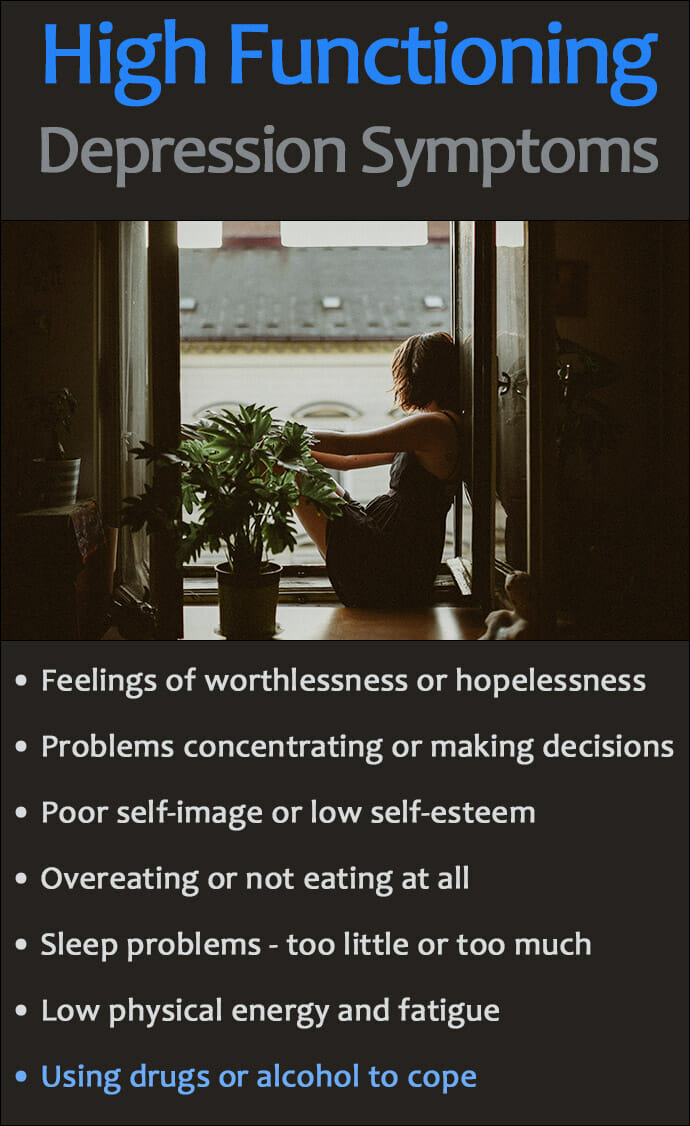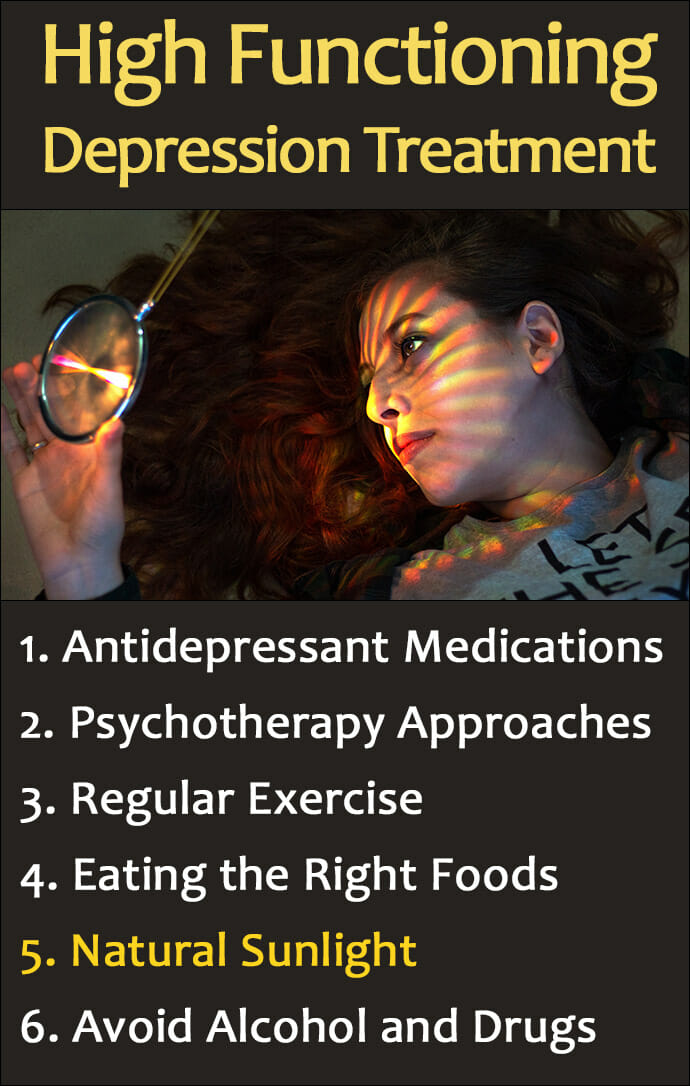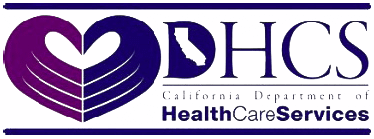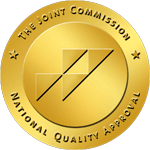Table of Contents
High Functioning Depression (functional depression) is a term that describes a person who struggles with depression but appears to manage just fine most of the time without showing any outward symptoms.
Society often lumps the mental health condition of depression into one category – a person is either depressed or they are not.
However, depression is a spectrum ranging from mild to major, and some forms are related to the timing of specific events.
Though high functioning depression is not considered an actual clinical diagnosis, the term is still nonetheless used by many people.
The Meaning of High Functioning Depression
High Functioning Depression is sometimes referred to as Functional Depression or simply Functioning Depression.
When considering this type of mental health condition, it’s important to understand that depression is incredibly common and there is no shame in struggling with the symptoms.
According to the National Institute of Mental Health, an estimated 21 million adults in the United States cope with a major depressive disorder in a given year. And that number is very likely underreported for various reasons.
High functioning depression is often used to describe a type of depression that is less severe than major depressive disorder (MDD), and more closely related to a diagnosis of persistent depressive disorder (PDD), sometimes referred to as dysthymia.
Persistent depressive disorder is characterized by bouts of depression combined with periods of normal mood function. This is what most people think of when they talk about functional depression.
This form of depression is considered less severe than other forms of depression in that it allows people to function at a relatively high level.
Still, the symptoms of PDD or functional depression can have a serious impact on a person’s ability to deal with work, school, personal relationships, and overall health and wellbeing.
Having a general understanding of the different kinds of depression can help people recognize the warning signs and seek help as early as possible.
Related: Movies About Depression
Functional Depression is Similar to Other Forms of Depression
Functional Depression is like other clinically diagnosed forms of depression that are categorized in the DSM-5 according to their symptoms, onset, and duration.
Though the root cause of depression will vary for each person, it usually develops from several different factors, including genetics, a family history mental illness, trauma, drug and alcohol abuse, and other environmental factors.
The Main Forms of Depression Include:
A Major Depressive Disorder diagnosis is characterized by intense and overwhelming physical and emotional symptoms that can severely interrupt a person’s daily life, and last for a period of more than two weeks.
Bipolar Disorder includes periods of extremely high, manic energy mixed with extreme lows characterized by feelings of hopelessness and physical exhaustion.
Premenstrual Dysphoric Disorder for women is a mental health condition that can cause serious symptoms of depression in the days or weeks leading up to menstruation each month. This is a severe form of Premenstrual Syndrome (PMS).
Perinatal and Postpartum Depression for women is a form of depression that may occur during or after pregnancy and can last for up to a year after giving birth.
The associated symptoms can be debilitating, going beyond just feeling “blue,” and having a serious impact on a woman’s ability to function normally.
Persistent Depressive Disorder is also referred to as Dysthymia, and is sometimes thought of as high functioning depression, though this type of depression is less severe than major depression. While there are periods of feeling “normal,” the depressive symptoms can last for as long as two years.
Psychotic Depression is a severe depression diagnosis characterized by patients with depressive symptoms who are also experiencing delusions and hallucinations.
Seasonal Affective Disorder, also known as Major Depressive Disorder with Seasonal Pattern, is a category some people might relate to high functioning depression. The less severe and sometimes fleeting symptoms occur during reduced hours of sunlight in late fall and early winter.
People with this disorder generally feel much better in the spring and summer when the days are longer and they are exposed to more sunlight.
High Functioning Depression Symptoms
Even though it is not a medically recognized diagnosis, high functioning depression symptoms are very similar to those of persistent depressive disorder.
High Functioning Depression Symptoms Include:
- Feelings of guilt, worthlessness, and hopelessness
- Problems concentrating or making decisions
- Poor self-image or low self-esteem
- Changes in appetite, such as overeating or not eating much at all
- Sleep problems that include not sleeping (insomnia) or sleeping too much
- Low physical energy and fatigue
- Self-medicating with drugs or alcohol to cope with functional depression symptoms
- Ruminating about the past
Rather than getting caught up in the differences or similarities between persistent depressive disorder and functional depression, anyone struggling with depressive symptoms should seek professional help and treatment.
There’s no reason for anyone to allow unhealthy symptoms of depression to worsen or have a negative impact on daily living when treatment is available.
High Functioning Depression Treatment
Like with many mood disorders, the symptoms of high functioning depression can last for years, so it’s important to understand that treatment can take time. But there is truly hope of feeling better and living a happier and healthier life.
Antidepressants and psychotherapy together are considered a combined therapy approach, and are generally thought to be an effective functional depression treatment method, although there are other ways that can help as well.
High Functioning Depression Treatment Approaches Include:
1. Antidepressant Medications
Antidepressants and anti anxiety medication can help alleviate many functional depression symptoms. However, there is not a one-size-fits all medication for everyone and it may take time to find the right medication or dosage for each individual.
It’s easy during this process to get discouraged, but those who remain focused on recovery benefit greatly from identifying the best medication for their circumstances.
2. Psychotherapy Approaches
Psychotherapy approaches such as Cognitive Behavioral Therapy or Dialectical Behavior Therapy are beneficial for people with functional depression. CBT skills help identify and change negative thought patterns, sometimes in just a few sessions.
Individual and group counseling is also valuable for managing and healing from many causes of depression.
3. Regular Exercise
Regular exercise is an extremely powerful tool for reducing the symptoms of depression by working off excess stress and anxiety.
Exercise also helps increase chemicals in the brain associated with a positive mood and good feelings. For this reason, exercise is considered one of the most underrated forms of dealing with depression and other types of mental health conditions.
4. Eating the Right Foods
It’s necessary to eat a healthy, well-balanced diet of fresh vegetables, fruits, and lean proteins. Overly sugary, salty, or processed foods are known to cause chemical spikes and crashes in the body that can affect mood in a negative way.
Eating foods that increase serotonin will help people feel happier, and foods that increase GABA naturally can help quiet the mind to reduce stress, anxiety, and depression.
5. Natural Sunlight
Natural Sunlight is a great way for people to overcome Seasonal Affective Disorder symptoms because sunlight helps to produce serotonin and lift the mood.
This is especially important during the winter months, or for people who work the night shift and sleep during the day. A little extra sunshine each day can do wonders for overcoming functioning depression.
6. Avoid Alcohol and Drugs
It’s common for people to turn to drugs or alcohol to cope with depression, and in some cases, it can be effective for a short time.
But it’s always best to avoid alcohol and drugs because they have proven to make the symptoms of depression worse. Prolonged substance use can cause a person to become dependent or addicted.
In addition, alcohol and many drugs are also known depressants.
Developing an addiction to drugs or alcohol combined with a mental health condition like depression will only complicate matters and require a more intense dual diagnosis treatment program to recover from both conditions.
Hopefully these treatment methods will work well for those struggling with high functioning depression symptoms. It’s important to be patient and keep an open mind when trying new therapy methods.
It can take time to respond to treatment, especially if the symptoms have been present for years, but recovery from high functioning depression is possible for those who seek help and the results are worth it.
FAQs About Functional Depression
What is High Functioning Depression?
High Functioning Depression, sometimes called Functional Depression, describes a person who experiences inward depressive symptoms but maintains daily responsibilities without showing outward symptoms.
It is a chronic condition that is not a recognized diagnosis in the DSM-5 and is associated with Persistent Depressive Disorder or Dysthymia.
Can high functioning depression last for years?
Yes, high functioning depression can last for years and may continue indefinitely. In fact, it is associated with persistent depressive disorder, and the symptoms last at least 2 years for adults and at least one year for children and teens.
Over time, the symptoms may alternate between mild and moderate, and if left untreated, functional depression can develop into major depression.
How does high-functioning depression differ from other forms of depression?
High-functioning depression differs from other forms in its severity, duration, and impact on daily functioning.
The symptoms are generally milder but longer lasting. Because it is not as severe as other depression conditions, relationships, work, and school are usually not significantly affected.
Even though the outward symptoms are minimal or non-existent compared to other forms of depression, it does not diminish the internal persistent sadness individuals experience.
What are the signs you have functional depression?
The signs of functional depression are often the same, or very similar to other depressive disorders.
The most notable exception is that an individual can maintain daily functioning without displaying outward symptoms.
Common signs include:
- Persistent fatigue and sadness
- Sleep issues (not enough or too much)
- Changes in appetite
- Mood swings
- Irritability
- Difficulty concentrating
- Loss of interest in activities once enjoyed
- No outward symptoms
What warning signs indicate high functioning depression is getting worse?
It’s common for high functioning depression symptoms to fluctuate between mild and moderate.
When they become more severe and the episodes last longer, it may be a sign the condition is getting worse.
Showing outward signs of depression and not being able to maintain responsibilities at home, work, school, or relationships can also indicate depressive symptoms are becoming more serious.
Risk factors include:
- Neglecting daily obligations
- Extreme sadness and low mood for longer periods
- Withdrawing from family and friends
- Increased fatigue or exhaustion
- Declining motivation
- Unable to concentrate or focus on tasks
- Using drugs or alcohol to cope with depression
- Suicidal thoughts or ideations
If the symptoms become too intense to deal with daily living, it’s necessary to seek professional help before the condition becomes unmanageable.
